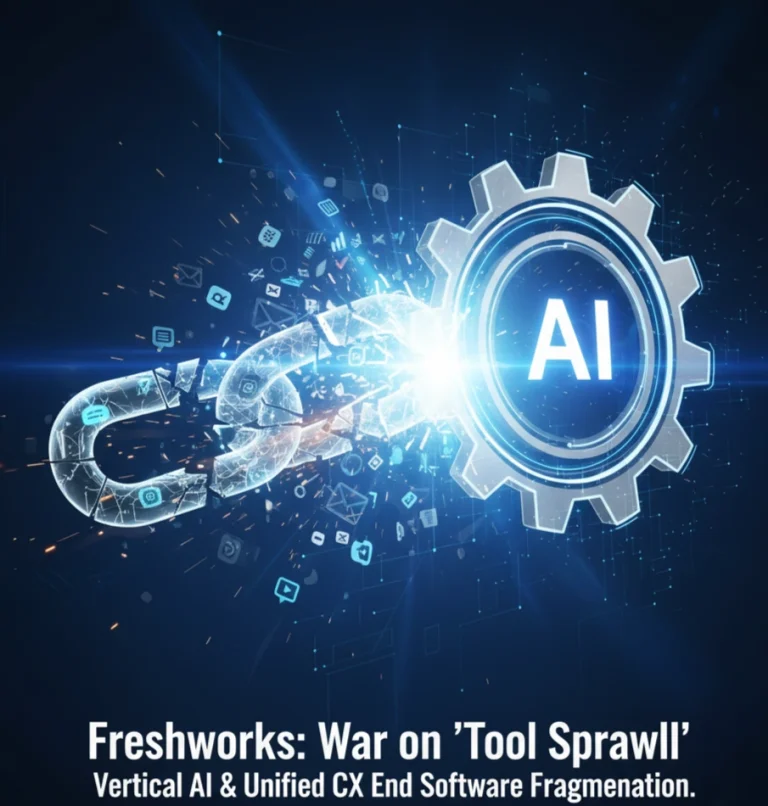
Are you struggling to keep up with writing high-quality blog posts consistently? Do you sometimes find yourself staring at a blank screen, unsure how to start or what to write next? You’re not alone. Writers and content creators face these challenges regularly.
The good news is that AI content generators can be your creative partner, helping you write faster, overcome writer’s block, and create engaging blog content that attracts readers and ranks well on search engines. But how do you use these tools effectively? This guide will walk you through everything you need to know.
What is an AI Content Generator and Why Should You Use It?
You might wonder, what exactly is an AI content generator? Simply put, it is a software powered by artificial intelligence that helps you generate written content based on inputs like topics, keywords, or even existing texts.
Common concerns
- Will AI replace my creativity?
- Is AI writing going to sound robotic?
- How do I maintain my unique voice using AI?
We’ll answer these along the way.
Step 1: Planning Before You Write
Writing a great blog post starts well before you type the first word. Whether you’re using AI or writing manually, you need a clear plan.
- What topic are you focusing on?
- Who is your target reader?
- What questions do they want answers to?
- What keywords should you include for SEO?
Pro tip: Use AI tools that suggest related topics and questions your audience is searching for. This way, your blog content answers real problems.
Step 2: Choosing the Right AI Content Generator
There are many AI content generation tools out there — some focus on long-form content, others on short snippets, some are better at creative writing, while others excel in technical content.
Popular AI tools include
- Typeface.ai
- Grammarly’s AI writing assistant
- Jasper AI
- Copy.ai
Explore the ultimate collection of AI writing assistants!
Key criteria for choosing:
- Does it support SEO optimization?
- Can you customize tone and style?
- Does it integrate with your writing workflow?
Selecting the right tool makes a huge difference.
Step 3: Feeding the AI the Right Inputs
An AI is only as good as the information it receives. Here are some common input types you’ll provide to the AI:
- Blog title or topic
- Primary and secondary keywords
- Brief descriptions or outlines
- Tone preferences (formal, casual, conversational)
Reader question: Can I just type the topic and get a full blog?
Yes, but the results improve dramatically if you provide detailed instructions and keywords, ensuring relevance and focus.
Step 4: Generating the First Draft
With the inputs ready, you can let the AI create the initial draft. This is where AI shines by generating large chunks of relevant text quickly.
However, don’t expect to publish the output as-is. The AI draft is your starting point — a skeleton to build upon.
Common issues to watch for:
- Repetitive sentences
- Lack of personal voice
- Occasional factual inaccuracies
Step 5: Editing and Adding Your Unique Touch
This is the most important step. Human editing ensures that the blog sounds natural, conveys your unique perspective, and is factually correct.
- Personalize examples.
- Add storytelling or case studies.
- Break up text with subheadings and bullet points.
- Include relevant images and charts.
Reader question: How much editing do I need to do?
Typically, expect to spend 30-50% of the total writing time polishing AI content to make it truly engaging and high quality.
Step 6: Optimizing for SEO
Most AI content tools offer SEO insights. Use these to:
- Add meta descriptions
- Ensure keyword density isn’t too high or low
- Insert internal links to other relevant posts
- Optimize headings with target keywords
Reader question: Can AI help with SEO too?
Yes, many advanced tools provide SEO suggestions or generate complete briefs to guide content for better search engine ranking.
Step 7: Adding Visuals and Enhancements
Engaging blogs use images, infographics, videos, or screenshots to explain complex points and keep readers interested.
Suggestions for images along your blog:
- Hero image at the start showing AI and creativity together.
- Screenshots from AI tools at each step.
- Simple infographics explaining the blog writing process.
- Example of before-and-after editing using AI drafts.
Visual elements make your blog easier to read and share.
Step 8: Publishing and Promoting Your AI-assisted Blog Post
Once everything is ready, publish your blog post but remember that writing is just half the battle. Promote your content through social media, newsletters, and backlinks to maximize reach.
Bonus Tips for Using AI Content Generators Effectively
- Combine AI with your expertise to keep content authentic.
- Use AI for brainstorming to generate fresh ideas quickly.
- Experiment with different tools to find what works best.
- Keep content updated regularly — AI can help you refresh posts with the latest info.
Wrapping Up: The Future of Blog Writing with AI
AI content generators are not here to replace writers but to empower them. By handling routine drafting and idea generation, AI frees you up to focus on creativity, strategy, and personal touches that make your content stand out.
So, why wait? Start exploring AI content generators today and transform your blog writing process for the better.
FAQs
Find answers to common questions below.
How can AI tools really make my blog writing faster and easier?
AI content generators handle the heavy lifting by producing drafts and ideas quickly, so you spend less time staring at a blank screen and more time refining your unique voice.
What’s the best way to get started with AI for writing my blog posts?
Start simple—pick a trusted AI tool, input your blog topic and keywords, then let it generate a draft. From there, add your personal insights and tweak the content to make it truly yours.
Can AI actually capture my writing style & keep my content authentic?
Yes! AI learns from your inputs and prompts, but you’re the final editor, so blending your voice and stories keeps your blog authentic and relatable.
I’m worried AI content might sound robotic—how do I avoid that?
Focus on editing the AI-generated text with natural language, personal anecdotes, and varying sentence structures. That human touch removes any robotic feel.
How does AI help bloggers struggling with writer’s block?
By instantly generating outlines, topic ideas, or even full paragraphs, AI breaks creative blocks and gives you fresh angles you might not have thought of.
Is AI content generation only for experts, or can beginners use it too?
Anyone can use AI tools. Many platforms are designed for beginners with simple interfaces and step-by-step guidance to make blogging approachable.
How can I make sure my AI-generated blog ranks well on Google?
Use AI’s SEO features like keyword suggestions, meta description helpers, and readability scores—plus, always review content to align with your audience’s needs.
Can AI replace the creativity that a human writer brings to a blog?
Not entirely. AI supports creativity by handling research and basic writing, freeing you to focus on storytelling, emotional connection, and unique insights.




